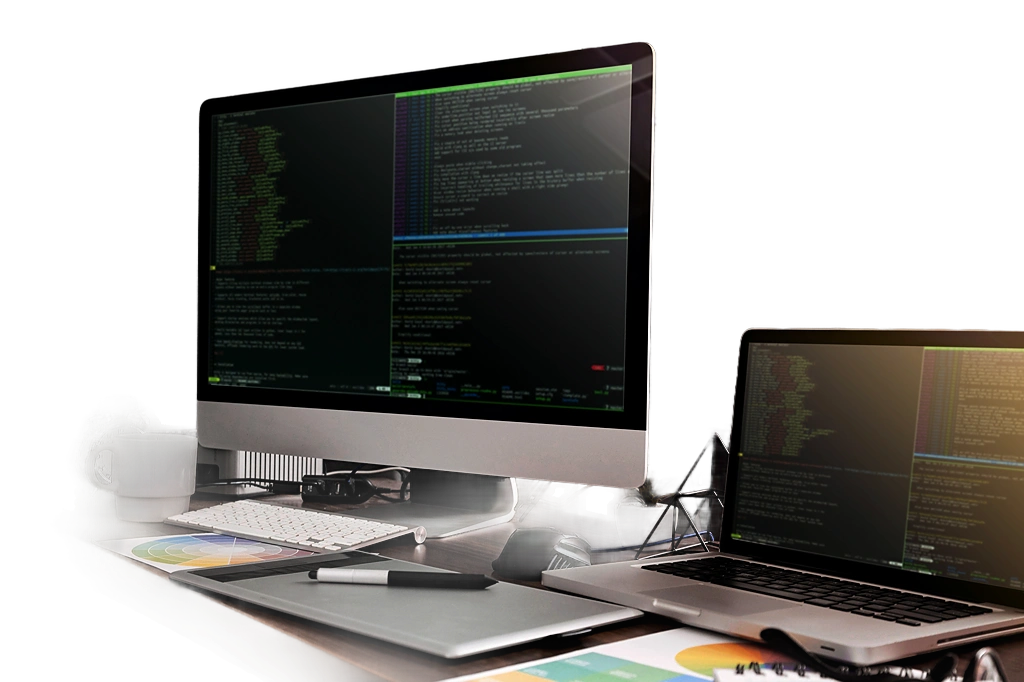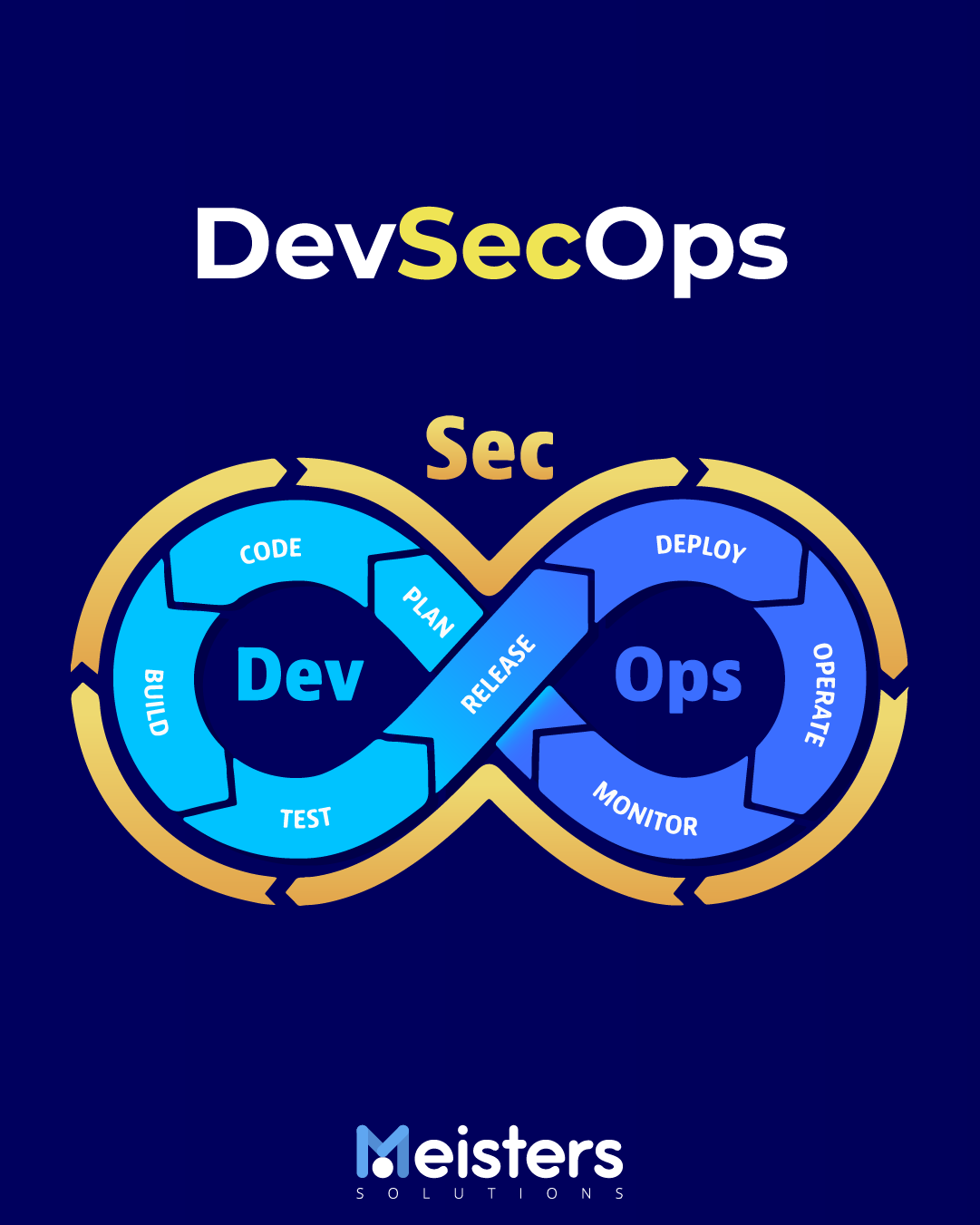your system safe and efficient
Secure DevOps Solutions
DevOps & DevSecOps
We provide DevOps and DevSecOps services to meet your needs. Whether it’s to accelerate delivery, enhance security, or meet stringent regulatory requirements, we’re ready to drive your project’s success.

What is the difference between
DevOps and DevSecOps?
DevOps
DevSecOps
Development and Deployment Automation
DevOps professionals are responsible for developing and implementing automation scripts and pipelines. This automation helps in expediting the entire software development lifecycle, from code development and testing to deployment. It ensures that code changes can be deployed quickly and reliably, reducing manual errors and increasing efficiency.
Development and Deployment Automation
Continuous Integration (CI)
CI is a critical DevOps practice where DevOps engineers configure and manage CI systems. These systems automatically build, test, and integrate code changes into a shared code repository. The goal is to ensure that code changes are regularly and automatically checked for errors and compatibility issues, allowing for early detection and resolution of issues.
Continuous Integration (CI)
Continuous Delivery (CD)
CD is an extension of CI, and DevOps professionals are responsible for setting up CD pipelines. These pipelines automate the process of deploying code changes to production or staging environments after they pass CI tests. CD ensures that code changes are consistently and reliably delivered to users, reducing the time and effort required for manual deployments.
Continuous Delivery (CD)
Continuous Delivery (CD)
CD is an extension of CI, and DevOps professionals are responsible for setting up CD pipelines. These pipelines automate the process of deploying code changes to production or staging environments after they pass CI tests. CD ensures that code changes are consistently and reliably delivered to users, reducing the time and effort required for manual deployments.
Configuration Management
Monitoring and Performance
Monitoring is a crucial aspect of DevOps. DevOps professionals set up monitoring systems that track the performance of applications and infrastructure. These systems provide real-time insights into system health, allowing for proactive issue detection and resolution. Monitoring also helps in capacity planning and optimizing resource utilization for better performance.
Monitoring and Performance
Troubleshooting
DevOps professionals play a key role in diagnosing and resolving issues that arise in production environments. They use monitoring tools, logs, and diagnostic data to identify the root causes of problems, such as application errors, performance bottlenecks, or infrastructure failures. Rapid troubleshooting and issue resolution are essential to maintain the availability and reliability of applications.
Troubleshooting

